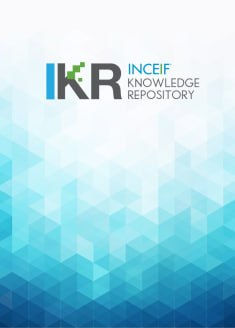
Browse by Author "Rushduddin Abdul Razaq Sowell"
Results Per Page
Sort Options
- PublicationEssay on inclusion, educational mobility and social cohesionRushduddin Abdul Razaq Sowell; Mohamed Eskandar Shah Mohd Rasid (INCEIF, 2020)
In current time there are many discussions relating to the question of social justice and how exclusion affected people s ability, opportunity, and dignity. Although inclusion is a worthy pursuit by itself, other characteristic of society such as mobility and cohesiveness are also pursued. Thus, we may look at the relationship of these social objectives, and how they relate to each other, thus helping policy makers in making a better choice for implementation of policies. In general, as will be see in this paper, we see a positive correlation between mobility and inclusion, and cohesion and inclusion. However, since terms such as mobility, inclusion and cohesion are coarse, and usually used to define many good things aspire by society, our specific definition of the terms will see different relationship. Thus, absolute mobility and relative mobility have different relationship with different factors of inclusion. Furthermore, the use of education standard may neglect traditional schooling for many OIC countries, reflecting some differences between those countries and developing countries in general. Here, using horizontal trust among citizens as proxy for social cohesion we see across countries positive correlation between cohesion and our measures of inclusion.
Abstract View
2669287
View & Download
187611
